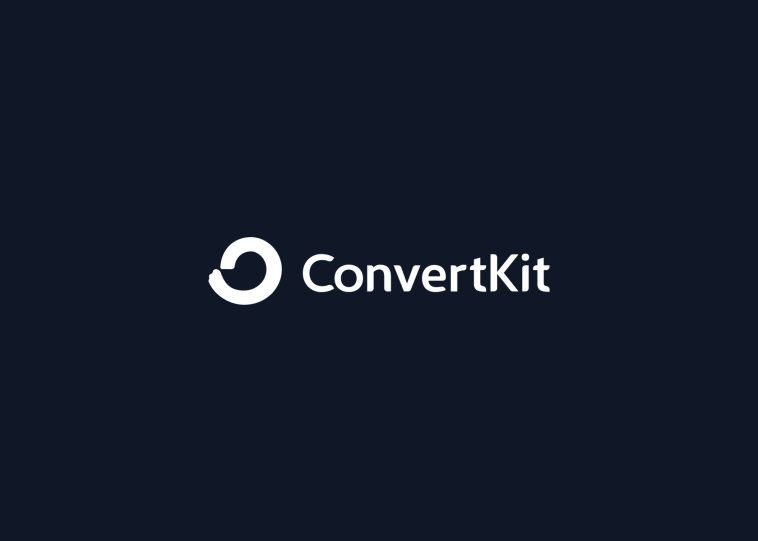Introduction.
Email marketing isn’t just alive and well—it’s thriving. It’s one of the most effective ways to build an audience, keep them engaged, and drive sales, whether you’re a small business owner, a content creator, or an entrepreneur. But here’s the thing: It’s not just about sending emails.
It’s about creating connections and understanding what your audience wants. And to do that well, you need the right tools. Enter ConvertKit.
I’m going to take you through how to use ConvertKit for email marketing, breaking down why it’s worth considering and how you can use it effectively to grow your audience.
Why Is Email Marketing So Important?
Before we dive into ConvertKit, let’s talk about the bigger picture: why email marketing matters so much.
According to statistics from HubSpot, there are around 4 billion daily email users as of 2024, and that number is only growing.
Even more, email marketing generates $42 for every $1 spent on average. This impressive ROI makes email marketing one of the most cost-effective methods for reaching your audience.
Unlike social media algorithms that constantly change, email gives you direct access to your subscribers’ inboxes.
Plus, people on your email list have chosen to hear from you, which means they’re likely already interested in what you have to offer. It’s a win-win if done right.
What Is ConvertKit?
ConvertKit is an email marketing platform designed specifically for creators—bloggers, authors, musicians, coaches, and small businesses.
Its primary focus is helping you grow your audience and turn followers into loyal subscribers and, eventually, paying customers. What sets ConvertKit apart from other platforms is its simplicity, automation, and features geared toward personalizing email content.
But why use ConvertKit over the many other options available, like MailChimp or ActiveCampaign? Let’s look at some of the pros and cons to understand what makes it unique.
Pros and Cons of Using ConvertKit
Pros
- User-Friendly Interface: ConvertKit’s dashboard is intuitive and clean, so even if you’re not tech-savvy, you won’t feel overwhelmed.
- Powerful Automation: You can easily set up automation workflows. This means you can deliver the right message at the right time without lifting a finger.
- Tag-Based Subscriber System: Instead of managing multiple lists, ConvertKit lets you use tags to segment your subscribers. This makes organizing your audience a breeze.
- Landing Pages and Forms: You can create custom landing pages and forms within the platform, eliminating the need for extra software.
- Creator-Centric: The features are designed for people who create content, which makes it easier to use if you’re a blogger or run a content-driven business.
- High Deliverability: ConvertKit is known for excellent email deliverability, so your emails are more likely to land in the inbox rather than the spam folder.
Cons
- Limited Design Options: Compared to platforms like MailChimp, ConvertKit’s email templates are minimalistic, which might be a drawback if you’re looking for highly designed emails.
- Price Point: ConvertKit isn’t the cheapest option. The free plan only covers up to 1,000 subscribers, and the paid plans can add up quickly if you have a large list.
- Steeper Learning Curve for Advanced Features: While the basics are easy to grasp, setting up complex automations can take a bit of time and practice.
- Not Ideal for E-commerce: If you run a product-heavy e-commerce store, you might find ConvertKit lacking in specific features compared to platforms like Klaviyo.
How Do I Use Convertkit For Email Marketing?
1. Setting Up Your Account.
First, sign up for ConvertKit. If you’re new, you can start with the free plan, which includes up to 1,000 subscribers and basic features like landing pages, forms, and unlimited email sends.
Once you’re logged in, take a moment to get familiar with the dashboard. The layout is straightforward, with main sections for “Subscribers,” “Automations,” “Broadcasts,” and “Forms & Landing Pages.”
2. Creating a Form or Landing Page.
To start collecting subscribers, create a form or landing page. ConvertKit provides pre-designed templates, so you don’t need to be a design pro. You can customize these forms to match your branding and embed them on your website or share them directly.
- Forms are great for embedding on your blog or website.
- Landing Pages work well if you need a standalone page to collect emails.
3. Sending Your First Broadcast Email.
Broadcasts are one-time emails that you send to your entire list or a segment. Think of them as newsletters or announcements.
To send a broadcast, click “Broadcasts” on the dashboard, create a new email, write your content, and choose your audience segment.
Tips for a great email:
- Keep your subject line short and engaging.
- Use a conversational tone.
- Include a clear call to action (CTA).
4. Setting Up Automations.
Automation is where ConvertKit truly shines. You can create sequences (a series of automated emails) or visual automations (a workflow where subscribers are guided based on their behavior, like clicking a link).
For example, you can set up a welcome sequence for new subscribers:
- Email 1: Welcome and introduce yourself.
- Email 2: Share valuable content or resources.
- Email 3: Introduce your product or service.
These automated emails help you nurture your audience and save time.
5. Using Tags and Segments for Better Targeting.
ConvertKit uses tags to organize subscribers. For instance, if someone downloads your free eBook, you can tag them as “Interested in eBook.” Tags let you send targeted content, increasing your chances of engagement and conversions.
You can also create segments. Segments are groups of subscribers that meet certain criteria. For example, a segment of subscribers who’ve clicked on a specific link or opened a certain number of emails.
FAQs
1. Can I use ConvertKit for free?
Yes, ConvertKit offers a free plan for up to 1,000 subscribers. However, the free version has limitations like restricted access to automation features.
2. How do I import my existing email list to ConvertKit?
You can easily import your contacts by uploading a CSV file. ConvertKit guides you through the process, ensuring your list is organized and ready to use.
3. Are there advanced reporting features?
While ConvertKit does offer basic analytics, such as open rates and click rates, it doesn’t have as robust reporting as some other platforms. If you’re looking for deep insights, you might find this lacking.
4. Can I integrate ConvertKit with other tools?
Absolutely. ConvertKit integrates with many platforms like WordPress, Shopify, Teachable, and Zapier, making it easy to connect your favorite tools.
5. Is ConvertKit suitable for e-commerce businesses?
If you have a content-driven business, ConvertKit is a fantastic choice. However, for product-heavy e-commerce stores, you may want to explore platforms built specifically for that purpose.
Final Thoughts
Email marketing is a powerful tool for any creator or business owner. While ConvertKit may not be perfect for everyone, it’s a fantastic option for those who want to simplify their email marketing efforts and focus on building a meaningful connection with their audience.
So, are you ready to give ConvertKit a try and see how it transforms your email marketing? Or are you still weighing the options? What’s holding you back from starting? Let’s discuss!





GIPHY App Key not set. Please check settings